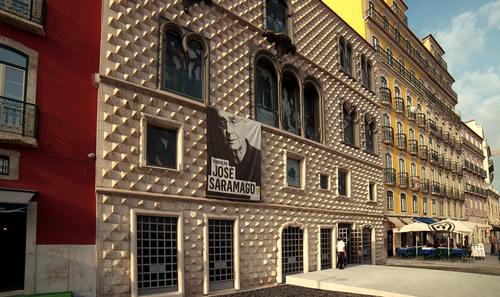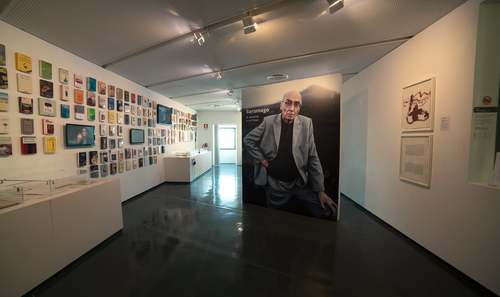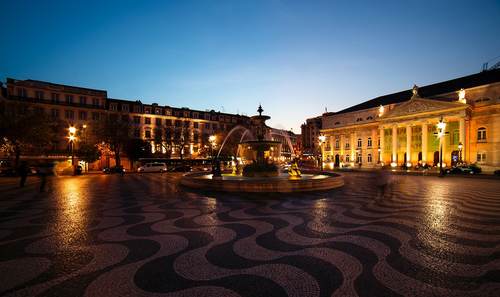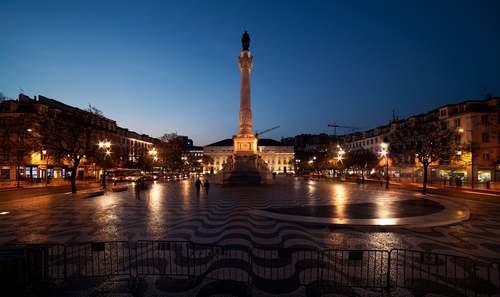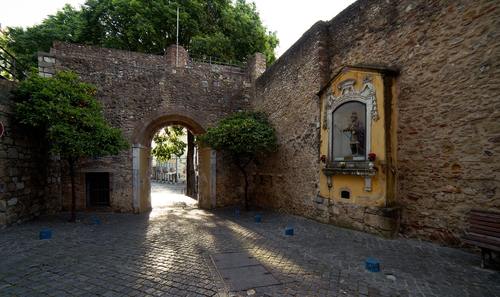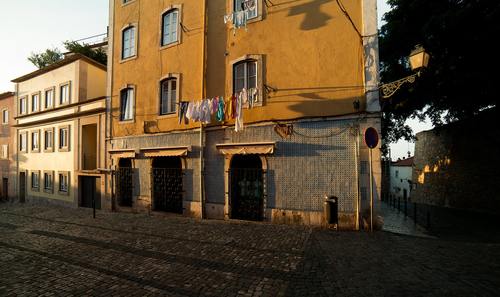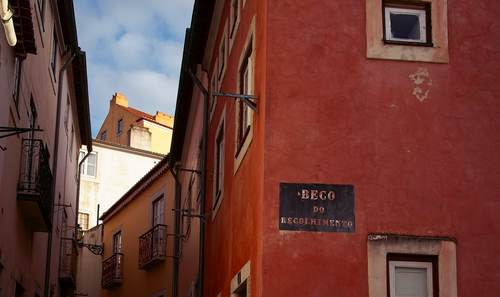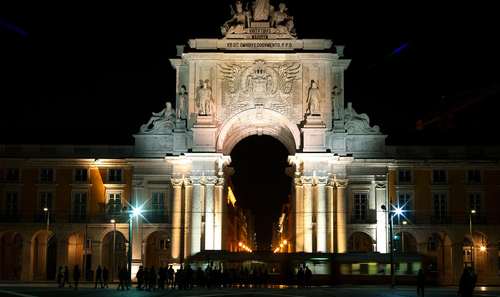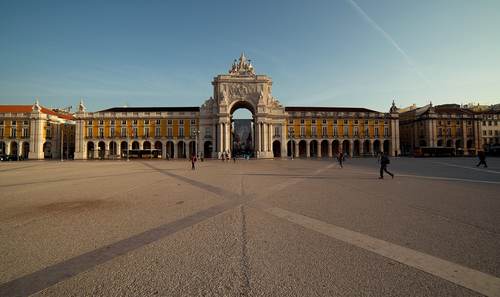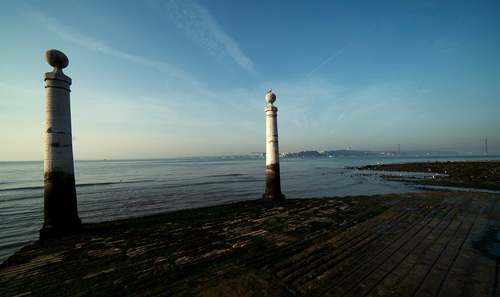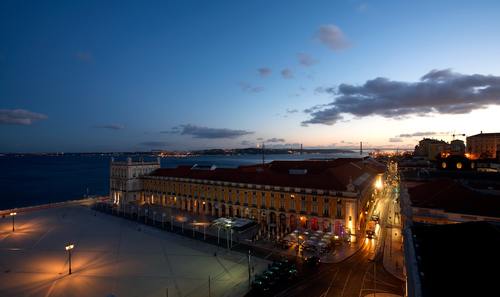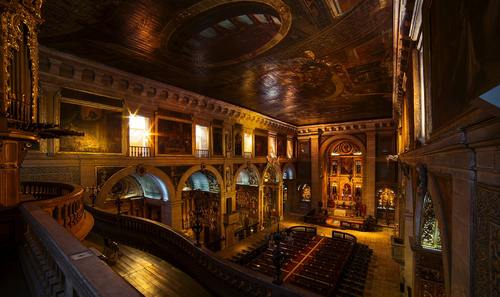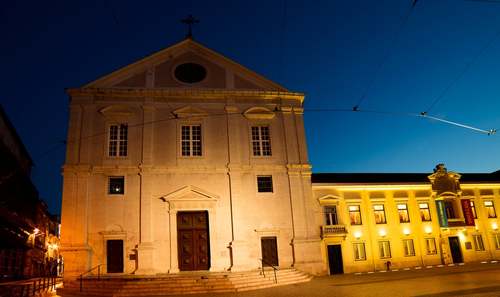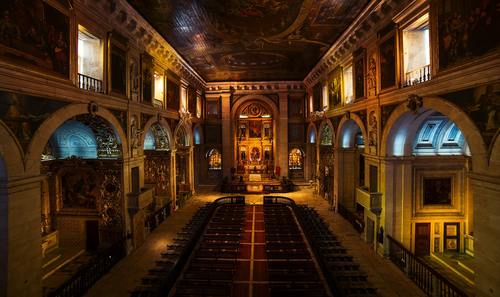Saramago Route
In 1998, he was awarded Nobel Prize in Literature.
Fundação José Saramago
MuseumHoused in a building that looks like it was imagined by the author of the novel "Baltasar and Blimunda". Clad in carved, diamond-shaped stone, the building – known as the Casa dos Bicos – stands out for its unusual beauty. Contained inside is a touching permanent exhibition on the life and work of José Saramago. Lying under an olive tree at the front of the building are the writer’s ashes.
Praça do Rossio
Point of InterestAlthough its official name is Praça D. Pedro IV, everyone calls this square Rossio, the name Blimunda and Baltasar, the lovers in the novel of the same name, also knew it by. It was here, while watching an auto-de-fé, that they saw each other for the first time. Today, Rossio still has a tribute to all those who were executed here by order of the Inquisition, and also the rhythm of one of the oldest and most iconic squares in Lisbon.
Castle Hill
Point of InterestThis is one of Lisbon's seven hills and possibly its most charming. If you walk up to the castle, you can catch the whole city in a single glance. At your feet, the old houses winding along the narrow streets take you back to an earlier time. This is where Blimunda took Baltazar the day they met and fell in love in Saramago's novel. She left the door to her house ajar and that was all he needed to enter her life for good...
Praça do Comércio (Terreiro do Paço)
Point of InterestPermanently embracing the Tagus, this square was the point of departure and arrival for so many mariners during the age of the maritime discoveries. It was here that Frei Bartolomeu de Gusmão, the inventor of the flying machine the passarola that would carry the protagonists of Baltasar and Blimunda to Mafra, lived. You don’t believe it? In the Lisboa Story Centre, right in the square, you will find a replica of this flying machine and proof that this precursor of aviation really lived.
Church of S. Roque
MonumentBuilt in the 16th century, this was the main Jesuit church for over 200 years and one of the first in the world. The interior contains Italian masterpieces, such as the mosaic paintings by Mattia Moretti and a set of coloured marble statues of rare beauty. In "Baltasar and Blimunda", Saramago recounts that this was one of the churches that Maria-Ana of Austria, the queen of Portugal, liked to frequent when praying her novenas.

